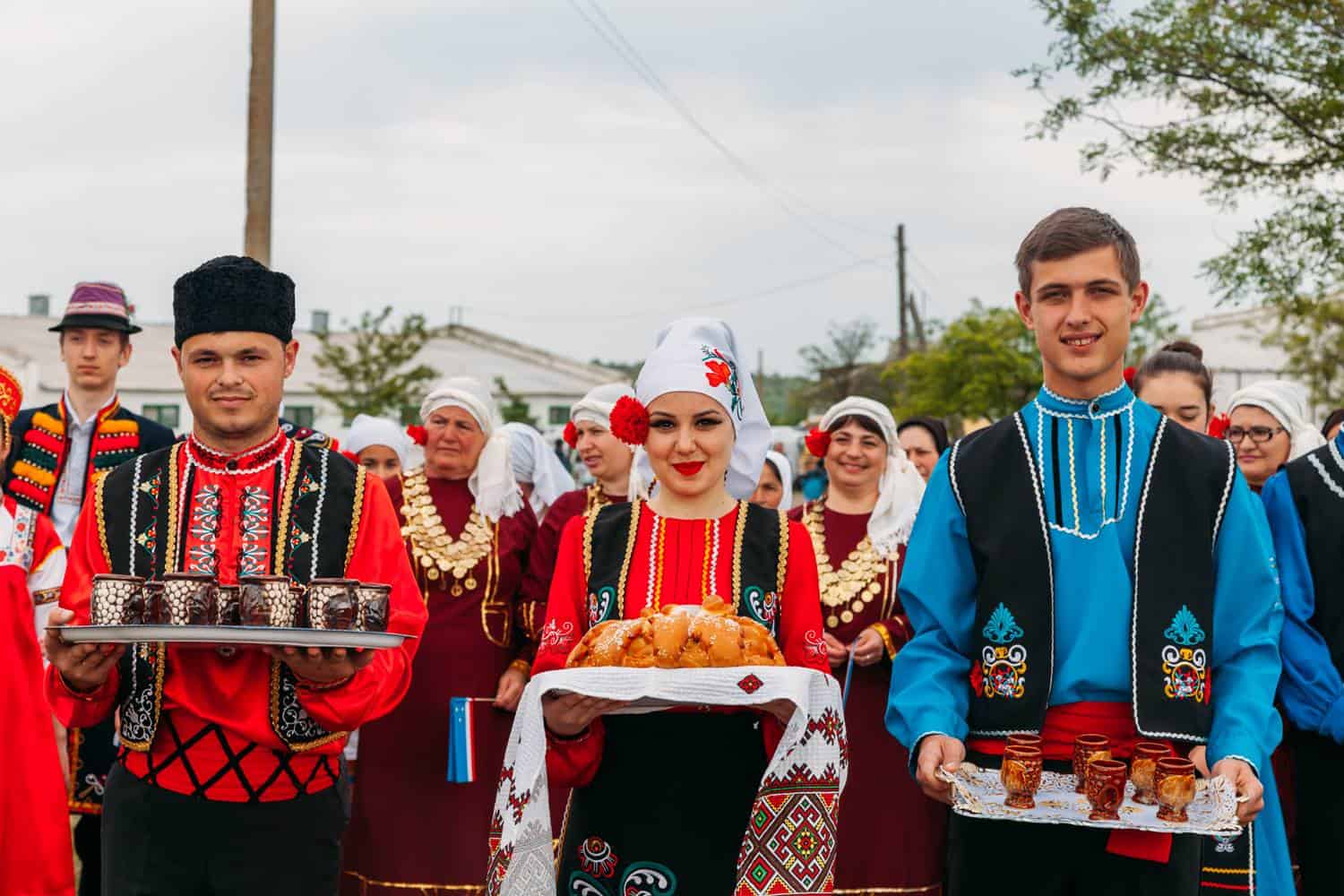St. George’s Day, which is popularly called Hederlez, is one of the most significant holidays of the year among the Gagauz people. According to popular beliefs, St. George is the main saint of cattle. It is customary to honor his memory on May 6, the day that marks the onset of “real spring.”
The life of George the Victorious is preserved. According to the church life of the saints, George the Victorious was born in Cappadocia and came from a noble and wealthy family. From a young age, a handsome, physically strong and courageous young man was in the retinue of the emperor Diocletian. Soon the emperor appointed him as commander. George performed many military feats and was a talented commander. Raised by his parents in a Christian spirit, he became an ardent supporter of the Christian faith. It was for this that George was subjected to cruel torture. He was beheaded on April 23, 303.
To this day, George is a model of the “ideal Christian warrior” and a saint who patronizes warriors and cattle. On the icons he is depicted as the conqueror of evil in the form of a snake.
Since its existence, the Hederlez holiday has played an important role in the economic and cultural life of the Gagauz people. It is dominated by elements of the New Year ritual, as it was considered the beginning of a new agricultural year.
The main components of the Hederlez holiday are customs and ceremonies associated with the sacrifice of animals, cattle breeding, water and vegetation, which are intertwined with each other.
Rituals of Hederlez holiday trace back to the ancient pastoral traditions . The central moment of the holiday is the sacrifice of a young lamb and the preparation of a special “kurban” dish from it.
Especially for ceremonial meals, ceremonial bread was baked on this day. When the kurban and ceremonial bread were ready, they were brought to church. After the end of prayer in the churchyard, a collective festive meal was arranged. It included kurban, ceremonial bread, garlic, fresh sheep’s milk and various products from it: sour milk (yurt), milk rice porridge (sütleş) and feta cheese (piinir).
A part of the holiday was youth entertainment – choir, swinging. According to popular belief, the custom of swinging on a swing ensured the well-being of people and the entire economy, and this was a vital necessity precisely at the beginning of the new agricultural year, when the forces of nature magically influenced the fate of a person.
Early in the morning until noon on the day of St. George, women gathered various healing herbs, made them and then bathed in this water for health.
On this day, a ritual ban on some activities related to sharp objects is preserved: it was forbidden to sew and cut.
Translated from: Kultura GE






